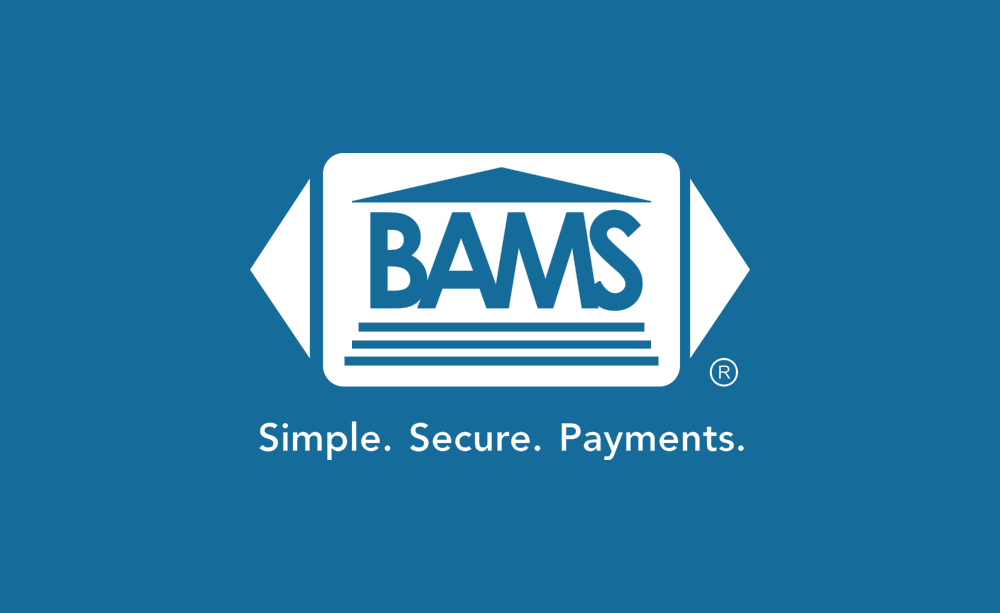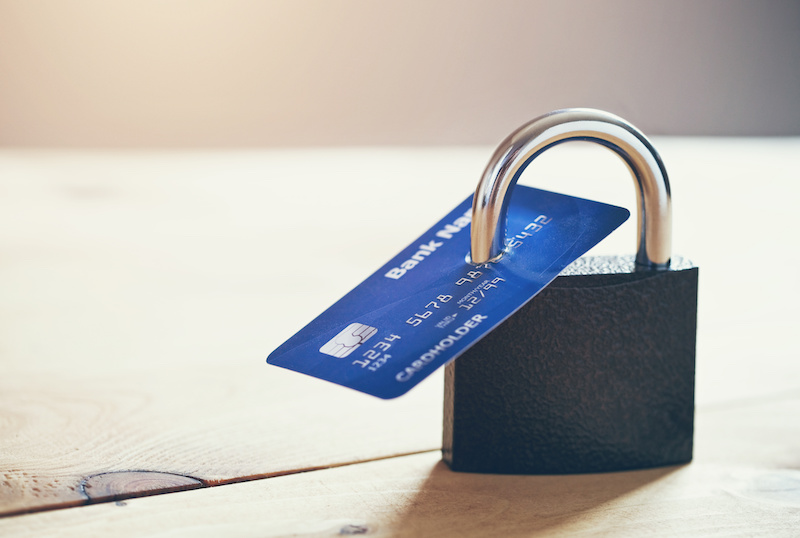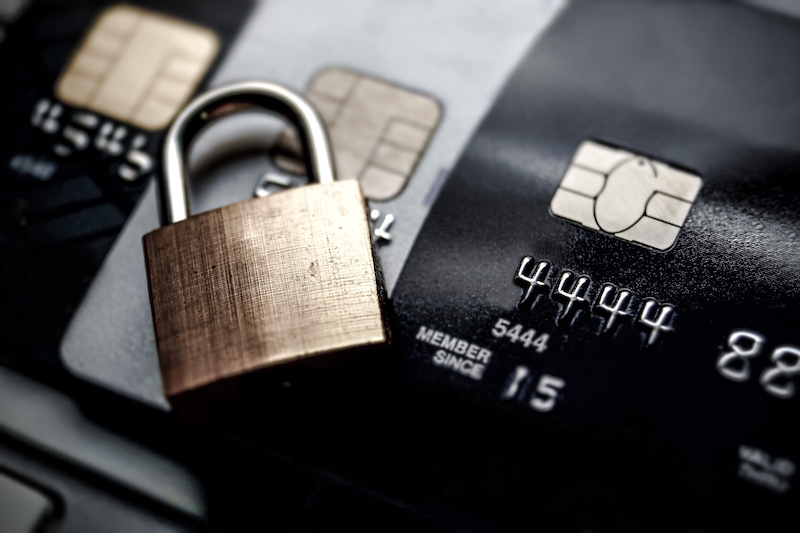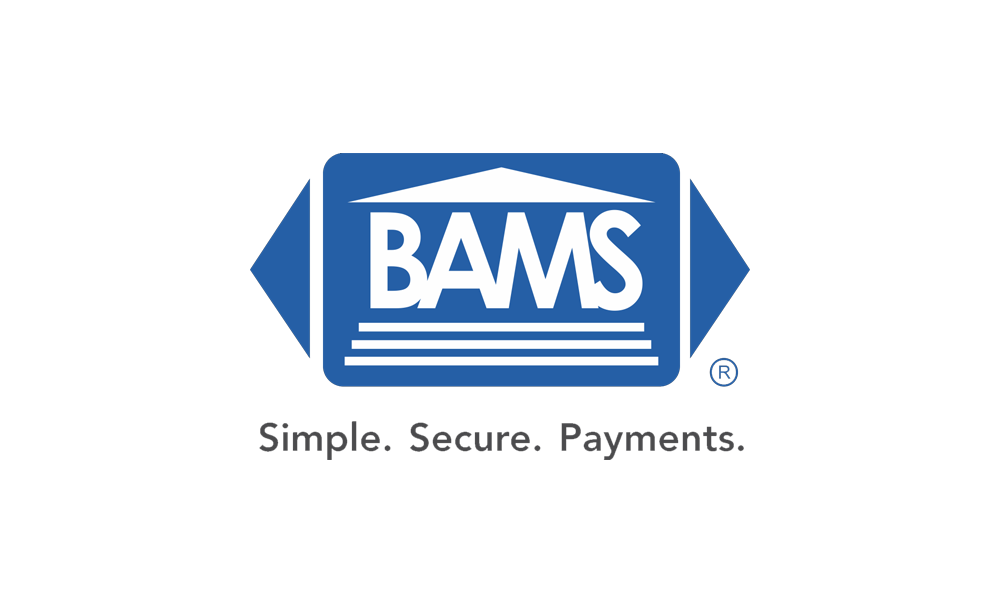Feeling the pinch of competition? Desiring to elevate your sales? Ecommerce retargeting is the silver bullet you’re looking for. This robust marketing approach leverages technology to cater ads to individuals who’ve previously engaged with your brand online or visited your ecommerce store. By embracing this strategy, you will replace one-size-fits-all ads with personalized product suggestions […]
Category: Fraud Prevention

Chargebacks are an unfortunate reality of doing business, and sometimes customers are fully within reason to file one. But, what happens when chargebacks are abused? Unfortunately, the dispute process is heavily weighted towards the customer, and far too many merchants have fallen victim to lost revenue from fraudulent chargebacks. But, like all types of fraud, […]

The coronavirus pandemic that rocked the world in 2020 saw people flock to the web for everything from entertainment to education to work to shopping, and beyond. But with that surge in web traffic came a surge in cyberattacks and ecommerce fraud. With payment fraud losses already set to reach $6.4 billion in 2021 prior […]

Fraud is expensive. Not only does it have the potential to rob your ecommerce store of revenue and inventory, but, if left unchecked, it can also put you in the doghouse with card issuers and payment processors, driving up your fees as well. That makes combating fraud an important part of your online business strategy. […]

Learn how to lower your credit card processing fees and save money.

In 2018, almost 5,900 brick and mortar retail locations closed. 2019 has seen another 6,000 go the way of the dodo, and by 2026, as many as 75,000 stores will shut their doors permanently. The reality is, brick and mortar stores are expensive – far more expensive than their web-based eCommerce counterparts. As a result, […]

In part one of this two-part series, we looked at some of the technology-based solutions merchants have available to them to catch fraud early on and stop it before it can result in chargebacks and lost revenues. In part two, we’ll look at the other side of the coin – legitimate chargebacks filed by customers […]

A seller receives an order and delivers on their end of the bargain flawlessly, only to later find that the money they earned has been clawed back due to a chargeback. This is an all too common scenario, especially in commerce online where purchases are made without any physical, real-world interaction between customer and merchant. […]

Chargebacks are a reality of accepting credit card payments. While many chargebacks are requested for valid reasons, there are plenty of cases in which disputes are initiated despite the merchant holding up every aspect of their end of the bargain. Unfortunately, many merchants don’t really understand the dispute process, how to handle a chargeback, or […]

For obvious reasons, the major credit card companies take fraud and excessive chargebacks very seriously, and companies like Visa and Mastercard have put forward thorough monitoring and tracking systems to try to prevent the losses associated with them. In October 2019, both companies made changes to their chargeback and fraud defense programs, and it’s important […]

Part of establishing PCI compliance and maintaining it year in and year out is filling out an annual PCI self-assessment questionnaire (SAQ). These questionnaires are designed to accomplish two goals: to help businesses identify weaknesses that need to be dealt with and to help prove to institutions that a company is compliant. But not all […]

E-commerce transactions are all about trust. Customers need to feel 100% confident that their personal information and payment details are stored and transmitted with total security, or they simply won’t make a purchase. When breaches do happen, the damage – both financially and psychologically – can be immense, and as a result, businesses simply can’t […]

Let’s talk about PCI Compliance. In the summer of 2019, it came out that Capital One – a credit card issuer themselves – fell victim to a hack that exposed the data of 100 million cardholders and applicants. That might seem extreme, but it’s only the latest in a series of high-profile security breaches that […]

Authorize.Net – the most popular payment gateway service provider in the world – is in the process of making a big change to how it verifies transactions, and that change impacts the business of every single one of their Direct Post users. The company is phasing out MD5-based hashing and switching to SHA-512 signature key […]

BAMS is the industry leader in payment processing, trusted by thousands of merchants across the globe. That success is due to our full suite of features designed to help businesses like yours accept electronic payments with less fuss, and lower fees. BAMS has been designed from the ground up to provide all of the functionality […]

Chargebacks are an unfortunate reality of accepting credit card payments, but they aren’t something businesses have to lie down and accept without a fight. Some chargebacks are completely legitimate, like cases where a purchase was made fraudulently by a third party. But many chargebacks are fraudulent, frivolous, or abuses of the system. In those cases, […]

All BAMS business owners receive full access to IRIS CRM, one of the most powerful customer resource management platforms currently available on the market. IRIS CRM provides a full suite of tools that enable companies to manage all aspects of their operations, from communications to leads and prospecting, to sales, to payments, and beyond. One […]

The average person doesn’t consider the VISA or Mastercard in their pocket to be any different from a company or government credit card – aside from the limit, of course. But there are actually significant differences in how corporate and government cards are used and processed. Those differences mean that not all merchants can accept […]

Plastic is now the preferred payment method of choice for consumers across the globe, and accepting card payments is no longer an option for serious businesses. Unfortunately, a number of myths surrounding payment processing still muddy the waters and keep some businesses from taking the leap. Those myths are generally rooted in old information from […]

